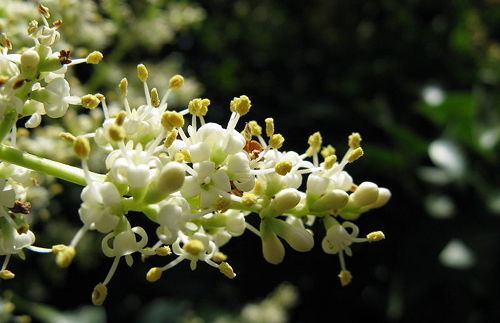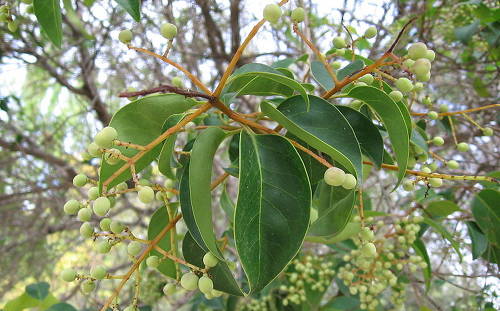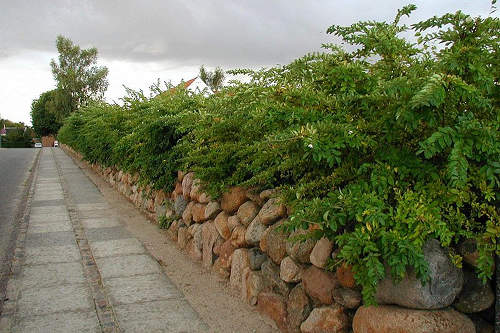
Names
Ligustrum, Privet
Description
Evergreen, semi-evergreen or deciduous shrubs or trees that grows up to thirty feet. Leaves are oval and grow opposite. Flowers are white, abundant and grow in clusters at the end of branches. Fruit ripens to a dark purple / black.

Concern Level
Due to high toxicity to horses, owners should always be on the lookout for ligustrum in grazing areas. However the plant is unpalatable on usually only eaten during drought conditions.
Toxic Parts
Leaves and fruit.

Symptoms
Gastrointestinal upset, diarrhea, lack of coordination, weak pulse, partial paralysis, convulsions, death.
Danger
Contain toxic glycosides which irritate the gastrointestinal system and can be fatal.

More Information
*It should be noted that we are not veterinarians. This information is written specifically for horses and should be used for reference purposes only. If you think your horse has eaten something toxic call your vet right away.
